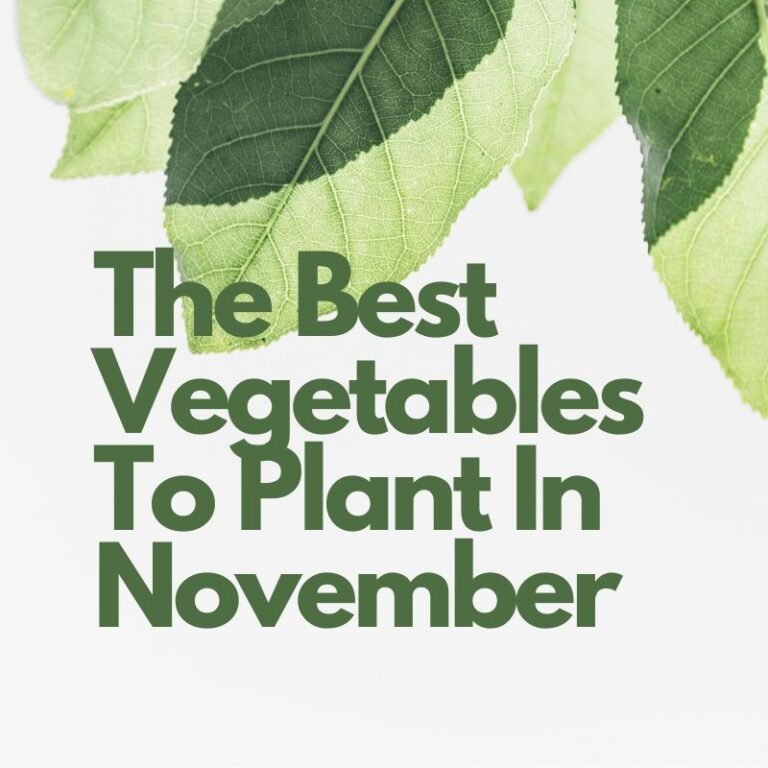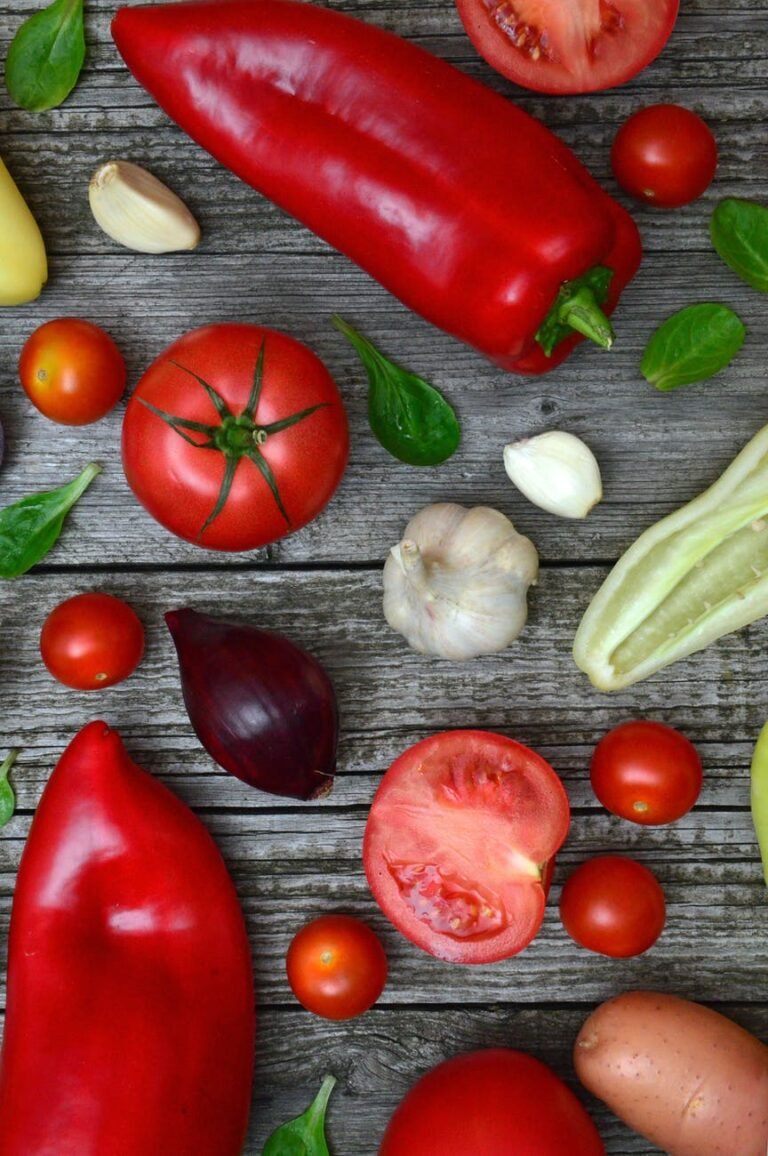Search Below For New Gardening Tips and Tricks with Practicals
Gardening
Gardening involves the design and maintenance of a space dedicated to cultivating plants, including flowers, herbs, and vegetables. It is both an art and a science, requiring knowledge of plant physiology, chemistry, and botany to adapt cultivation techniques to various environments. While the fundamental principles of gardening are universal, practices must be tailored to local conditions.
Table of Contents
The Essence of Gardening
Gardening, especially in its ornamental form, flourishes in societies with a certain level of cultural development. This practice reflects a deep-seated human desire to create beauty and harmony with nature. While some may merely enjoy observing gardens, many find fulfillment in actively caring for their plants. Engaging with seasonal changes enhances their appreciation for gardening as a whole.The post-World War II era saw a significant rise in gardening interest in Western nations. Homeowners began to value gardens with flower beds and vegetable patches, leading to a boom in horticultural businesses. Factors contributing to this trend include increased leisure time, a desire for self-sufficiency, and a growing awareness of environmental issues.
The Diverse Appeal of Gardening
Gardening appeals to people of all ages and skill levels. For children, the wonder of seeing seeds sprout into vibrant plants is captivating. Adults often take pride in growing their own food, while experienced gardeners engage in complex strategies akin to playing chess with nature. Visiting renowned gardens worldwide allows individuals to appreciate the interplay of plants within their designs and understand various cultural influences on gardening practices.Gardening serves as an outlet for creativity without requiring formal training, offering relaxation and therapeutic benefits. It occupies a unique position in many people’s spiritual lives as a space for contemplation and connection with nature.

Practical Aspects of Gardening
Gardening combines control and cooperation with nature. Gardeners manage weeds, pests, soil conditions, and plant health while adapting to their specific environmental challenges. Each garden presents unique problems that require imaginative solutions, showcasing the gardener’s artistry.Different gardening styles reflect varying degrees of control over nature. For instance, the English wild woodland style emphasizes minimal interference post-planting, while Japanese dry-landscape gardens demand meticulous control to maintain their aesthetic integrity. This balance between managing and collaborating with nature defines the gardener’s experience and satisfaction.
The Art and Science of Gardening: Cultivating a Thriving Garden
Gardening is more than just an aesthetic hobby; it’s an age-old practice that serves to nurture plants for beauty, food, and well-being. Whether you’re tending to flowers, growing herbs, or planting vegetables, the principles of gardening demand careful planning, dedication, and a deep understanding of the natural environment. In this comprehensive guide, we explore the nuances of gardening and provide insights to help both beginners and seasoned gardeners create a flourishing space that stands out.
Understanding the Basics of Gardening
Gardening, at its core, is the careful cultivation of plants in a controlled space, whether for personal enjoyment, food production, or environmental enrichment. There are a few foundational concepts that gardeners should be familiar with:
- Soil Preparation: The quality of soil can make or break a garden. Healthy, well-draining soil, enriched with organic matter, is vital for plant health.
- Plant Selection: Choose plants based on your region’s climate, soil, and available sunlight. Native plants tend to thrive better with fewer resources.
- Watering: Overwatering and underwatering are common mistakes. The amount of water required depends on plant species and local weather conditions.
- Sunlight: Most plants need six to eight hours of sunlight daily. Understanding the needs of each plant is crucial for successful gardening.
Types of Gardens
There are various types of gardens, each with its own distinct purpose and design. Below, we outline some of the most common garden types:
Flower Gardens
A flower garden is cultivated primarily for ornamental purposes. These gardens showcase annuals, perennials, and biennials to add vibrant colors and fragrance to the landscape.
- Annuals: Plants that complete their life cycle in one year, such as marigolds and petunias.
- Perennials: Plants like daylilies and peonies that return year after year.
- Biennials: Plants like foxglove that take two years to complete their life cycle.
Vegetable Gardens
These are practical gardens where vegetables are grown for consumption. Vegetable gardens require careful planning of plant rotation, soil enrichment, and pest control to ensure a healthy yield. Popular vegetables include tomatoes, cucumbers, and peppers.
Herb Gardens
Herb gardens are cultivated for culinary and medicinal purposes. Herbs like basil, rosemary, and thyme not only enhance meals but also have historical uses for their healing properties. Herb gardens can be planted in the ground or in containers for easy access.
Fruit Gardens
Fruit-bearing trees and bushes, such as apple, cherry, and blueberry, are typically included in fruit gardens. They require long-term care, including proper pruning, pollination management, and pest control.
Planning a Successful Garden
Creating a thriving garden takes more than planting seeds. It involves strategic planning and attention to detail.
1. Site Selection
The location of your garden determines its success. Select a site with access to sunlight, water, and good drainage. Gardens near trees or other structures may face competition for nutrients and light.
2. Soil Preparation
Healthy plants begin with healthy soil. Conduct soil tests to check pH levels and nutrient content. Amend the soil with organic matter like compost or manure to improve texture and fertility.
3. Planting Techniques
Planting depth, spacing, and timing are critical factors in garden success. Each plant species has its unique requirements.
- Depth: Seeds should be planted at a depth of about two to three times their width.
- Spacing: Ensure sufficient room for each plant to grow without competing for resources.
- Timing: Plant according to the season and climate, with consideration for frost dates.
4. Watering Practices
Proper watering is essential for plant health. While some plants require frequent watering, others prefer drier conditions. Water plants early in the morning or late in the afternoon to prevent evaporation.
5. Mulching
Mulching helps retain moisture, suppress weeds, and regulate soil temperature. Organic mulch, such as straw or wood chips, also decomposes over time, adding nutrients back into the soil.
6. Pest and Disease Management
To maintain a healthy garden, gardeners must regularly inspect their plants for pests and diseases. Integrated Pest Management (IPM) is a common strategy that uses biological, mechanical, and chemical methods to control pests.
- Biological Controls: Introduce beneficial insects, such as ladybugs or nematodes, to naturally control pest populations.
- Mechanical Controls: Use barriers like row covers or traps to physically block pests from plants.
- Chemical Controls: Organic pesticides or fungicides may be used as a last resort when other methods fail.
Garden Maintenance Throughout the Seasons
Gardening is a year-round activity, and each season requires specific tasks to keep your garden in optimal condition.
Spring
Spring is a time of renewal in the garden. This is when you should:
- Start seeds indoors or outdoors, depending on your climate.
- Apply fresh mulch around plants to retain moisture and deter weeds.
- Prune back dead or damaged branches to encourage healthy growth.
Summer
During the hot summer months, focus on:
- Regularly watering your garden to prevent dehydration.
- Removing weeds to reduce competition for nutrients.
- Harvesting fruits, vegetables, and herbs as they ripen.
Fall
Autumn is the time to prepare your garden for the colder months:
- Remove annual plants that have completed their life cycle.
- Mulch perennials to insulate their roots against frost.
- Plant cover crops like clover to protect and enrich the soil over winter.
Winter
In winter, gardens are generally dormant, but there are still important tasks:
- Protect sensitive plants with burlap or frost covers.
- Prune trees and shrubs during their dormant period.
- Plan next year’s garden layout and order seeds.
Conclusion: A Lifelong Journey of Learning and Growth
Gardening is a rewarding, lifelong pursuit that brings beauty, joy, and sustenance to those who engage with it. Whether you’re growing vibrant flowers, nourishing vegetables, or fragrant herbs, the key to a successful garden lies in understanding the unique needs of your plants, preparing the soil, and maintaining your garden throughout the year. With careful planning and ongoing attention, your garden will thrive and offer a bountiful harvest for years to come.
- The Stunning Beauty of Ranunculus: A Comprehensive Guide
- Peonies: Why Are They So Special?
- The Magnificent Magnolia Tree: A Comprehensive Guide
- Unveiling the Symbolism of Hydrangea: What Do They Represent?
- The Essential Guide to Choosing and Using a Woodworking Bench
Discover more from Gardening with Ecorganicas-Source for Organic Gardening Tips
Subscribe to get the latest posts sent to your email.








